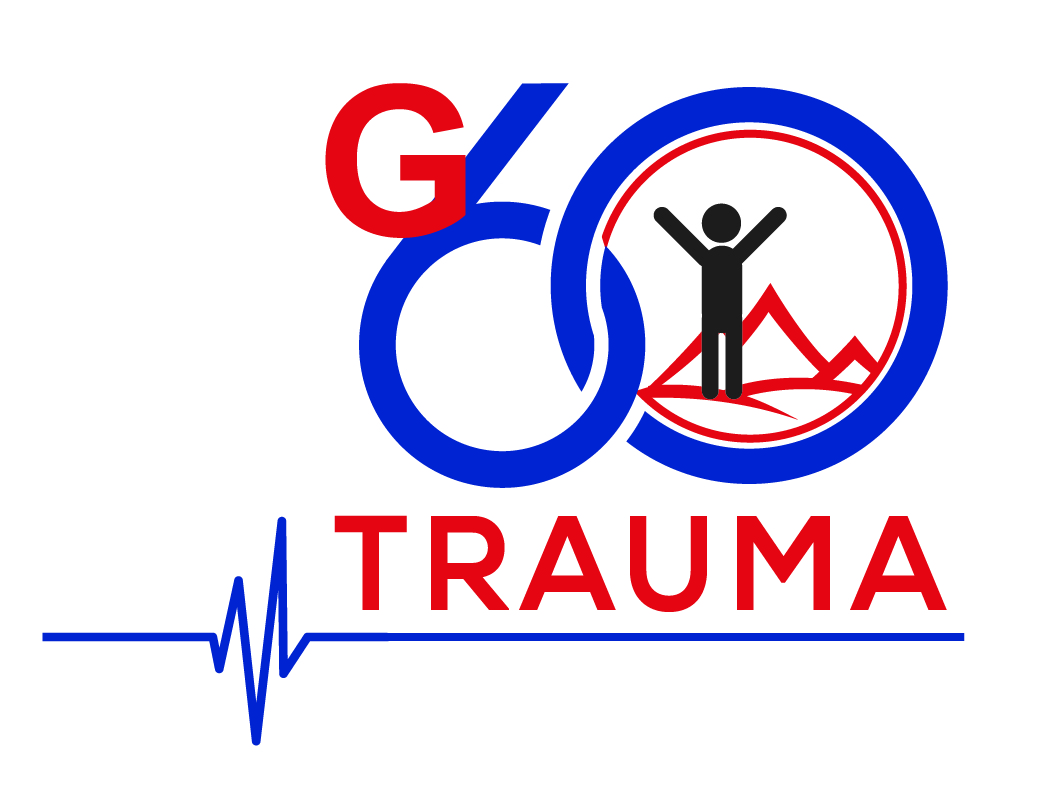Rationale

Empirical Rationale
The empiric rationale for G60 Trauma is that the people over the age of 60 are:
Increasing in proportion and absolute numbers.
Healthier and live physically more active lifestyles than in previous decades and are at higher risk for trauma related injuries: falls, motor vehicle collisions, penetrating injuries, burns, suicides and abuse
Trauma is one of the 10 leading causes of death in the elderly.
The survival and recovery rates are significantly lower compared to younger individuals with the same Injury Severity Score (ISS).
Limited availability of a robust interdisciplinary trauma care plan which improves trauma outcomes in the elderly.
Scientific Rationale
The scientific rationale for normal aging process and G60 Trauma
Programed Theory: Aging follows a biological timetable which is reflected in gene expression in terms of pathways which drive maintenance, repair and defense responses to stressors.
- Hormones act as clocks to pace aging
- Immune system declines with time. Cardiovascular disease, inflammation, Alzheimer disease and even cancer have been linked to the aging process.
Damage and Error Theory: These focus on environmental insults which induce cumulative abnormalities at various levels of analysis (DNA, proteins, lipids, membranes, organelles, cells, tissues, organs, organ systems, individuals and communities). Examples include:
- Wear and tear: Due to repeated use, parts of the human body wear out killing the worn-out part and killing the individual.
- Rate of living: The higher the oxygen consumption the shorter the lifespan in model organisms.
- Cross-linking of proteins slows down body processes.
- Free radicals (reactive oxygen species) damage DNA, proteins and organs.
- Somatic DNA damage continues and although such damages are often repaired, they soon outstrip the DNA polymerases and other repair mechanisms to restore the integrity on the macromolecules and their functions (e.g., Decline of Mitochondria dysfunction).
- Telomeres shorten with each cell division until a limiting telomere length is reached and the cell stops replicating: the cell dies and so does the organism.
Co-morbidities as risk factors for adverse trauma outcomes:
- Pulmonary disease
- Chronic renal failure
- Chronic anemia
- Depression
- Baseline cognitive and functional impairment
- Baseline nutritional status, alcohol, tobacco, drug abuse or dependence (benzodiazepines, oxycodone).
- Cardiovascular disease
- Endocrine disorders (diabetes, thyroid disorders)
- Cancer
Polypharmacy with negative consequences is common in the elderly:
- Increased healthcare costs
- Adverse drug events (ADEs)
- Drug interactions
- Non-adherence
- Anticoagulants use and need for reversal agents.
- Multiple prescribers
- Lack of medication appropriateness index assessment
- Chronic pain medication use, coupled with functional decline increase risk for injury
Unifying theory of the normal aging process and G60 Trauma Innovation. The aging processes described above, including co-morbidity and polypharmacy interact with each other in various permutations and combinations and that trauma is a sentinel event that changes the trajectory of the normal aging process for the worse unless the appropriate intervention is applied. We posit G60 Trauma as an innovation whose performance exceeds the current management model involving geriatric consultation.
Solution to Trauma in Elderly Patients
- TQIP model (summary advantages and disadvantages)
- G 60 model (summary advantages and disadvantages – Geriatric Trauma Service: A one-year experience by Alicia Mangram MD (Mangram, et al., 2012).





